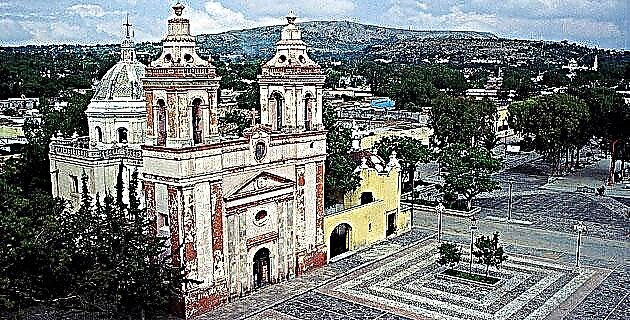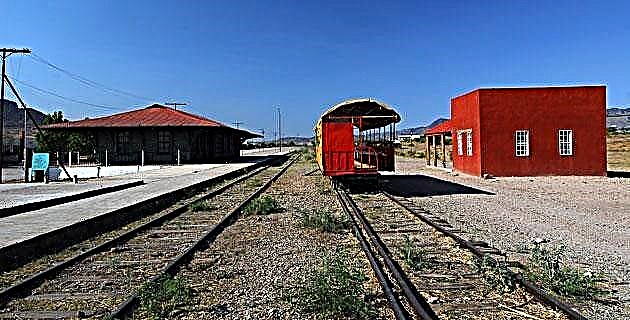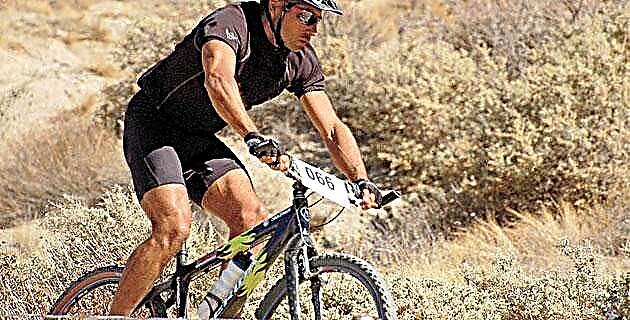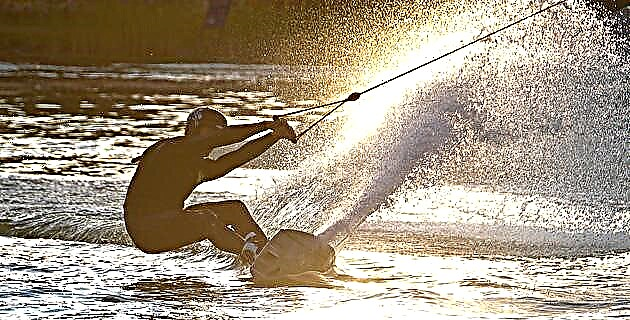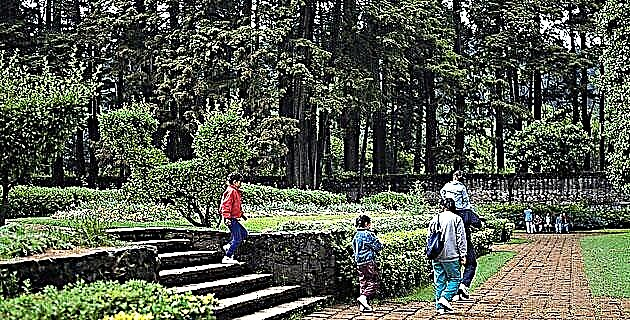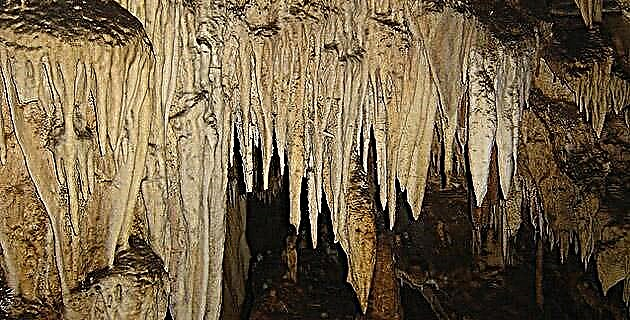
This adventure in the Hoyanco de Acuitlapán made me discover an unknown side of traditional rock climbing: stalactite climbing.
There is in the state of Guerrero, 30 kilometers from Taxco, an underground river that rises in a large mouth of the earth's mantle, crosses mountains and flows into the well-known caves of Cacahuamilpa. Hundreds of people have gone to decipher its labyrinth of surreal landscapes.
With a vegetation composed mostly of thorny shrubs, some amate trees and a fauna that ranges from badgers, snakes, wild cats, deer, insects and birds of various kinds, which would seem like a country environment, without much natural spectacle that attracts For the common tourist, it was a paradise for climbers, since in this area, nature and millenary processes have insisted on leaving a legacy of calcareous rock suitable for this sport. Taking the “Chonta” rock as a reference with the idea that there should be good places to climb in the area, a group of climbers investigated the surroundings and found a sector that was called “amate amarillo”. The area really had potential!
The adventure begins
Although there are many alternatives to get to Cacahuamilpa, we opted to go via Toluca, also passing through Ixtapan de la Sal. When we reached the fork that goes to the famous caves, we made our first stop, as I had been warned as a must. Right there, a small restaurant stands among some other scattered houses at the mercy of the uneven geography. We continue on our way along 95 (the free road that goes to Taxco). Just three kilometers away, a sign painted with black letters indicated “Río Chonta” and indirectly, our destination.
Through that gap, you enter the land of Mr. Bartolo Rosas, and an obligatory step towards our Hoyanco, but in this case, Bartolo's “garden” served as a den for our car and base camp, since the cave is 40 minutes away. up and we prefer to carry the minimum leaving the heavy camping equipment.
It was barely 8:00 a.m. and the sun threatened to scorch us. Escaping from the heat, we walk along a path that vibrates among trees and thousands of rocks scattered randomly all over the place, as if a crazy peasant had stubbornly planted stones and that was his harvest. Some trees of up to 40 meters, like sentinels of the Hoyanco, clung to the rocky slope that runs parallel to the roof. Beyond, the strong roots of a yellow amate grew between the cracks in the wall and under my feet the majestic hollow opened. From the base of the cave to its outermost part, the vault promised more than 200 meters of climbing defying gravity.
Climb!
Thus began the preparations, the equipment was ordered and placed and the pairs were assembled. Each one chose their route and which spiders that are leaving behind their thread, the climbers began to climb. A few meters from the ground, the wall that began vertical, was collapsing. In this stone dance, which seems so simple from below, every square inch of the body is aware of the movement that will precede and the mind in a meditative state fueled by adrenaline.
In the Hoyanco there are currently 30 routes equipped for sport climbing, among which Mala Fama stands out, a 190-meter route spread over seven extra-leaded lengths, relief with stalactites and as particular as it is insurmountable. After spending the day climbing, with exhausted forearms but feeling gratifying, we were ready to retreat and explore some other areas of the cave in the process.
The constant dripping of certain stalactites, through the filtration of water and the dragging of certain minerals, solidify and leave as a result in some areas of the cave, stalagmites (stalactites that emerge from the floor), trickles and some "rock bridges" by those who can walk in an unreal environment, especially when the light filters through and plays with the relief of the rock.
When evening came, a few drops, which had probably evaporated before hitting the ground, managed to refresh us a bit. Luckily, the road was going downhill and the legs, already tired, only had to deal with avoiding stones and the occasional obstacle. Near the entrance of the Chonta, we greeted a group of people who were going towards the river and we continued to our camp.
How to get:
On highway 95 Mexico - Cuernavaca - Grutas de Cacahuamilpa, approximately 150 km from Mexico City. Another option can be on Highway 55 to Toluca - Ixtapan de la Sal - Cacahuamilpa. The area is near the Cacahuamilpa caves. 3 km in the direction of Taxco, on the right side of the road, there is a small sign (made by hand) that says Chonta. By bus from Mexico City, from the Taxqueña terminal and also from Toluca, State of Mexico.
Services:
• It is possible to buy food in the town of Cacahuamilpa.
• You can camp on one side of the parking lot to enter the climbing area by asking Mr. Bartolo Rosas for permission and paying 20.00 pesos per person per day and 20.00 pesos per car.
• Taxco is 30 km from the area and has all services.
Season:
From November to March is the most recommended.

